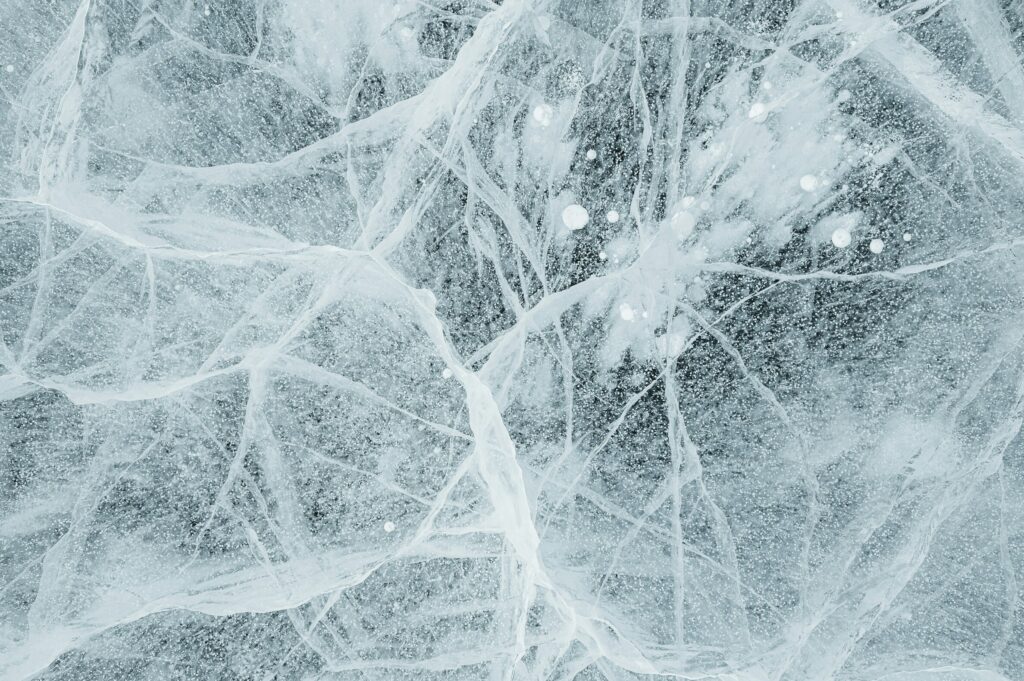A paper by Obertegger U., Corradini S., and Cerasino L. published on Freshwater Biology

ABSTRACT
Only recently the under-ice period is recognised as a time of plankton activity. However, most studies on under-ice zooplankton focus on low-land lakes over relatively short temporal scales; long-term under-ice zooplankton dynamics in mountain lakes remain largely unknown.
We compared the under-ice zooplankton community (one sampling per year; n = 11) to that of the ice-free seasons (monthly samplings) of mountain Lake Tovel. The considered timeframe (2001–2023) covered the period of an ecosystem change linked to intensified autumn mixing. To avoid confounding the effect of this ecosystem change with a seasonal effect, we first investigated the general patterns of abundance and biomass of rotifers and crustaceans for the years considered to determine the periods conforming to the ecosystem change (period 1: weak mixing; period 2: strong mixing).
Rotifers and crustaceans were sampled by a net (50 μm mesh size) from 35 m depth to the surface. Rotifer abundance and biomass were higher in period 1 (the years 2001, 2003, 2011, 2014 and 2016) than in period 2 (the years 2017, 2018, 2019, 2021, 2022 and 2023) conforming to the ecosystem change. We applied a taxonomic and functional perspective on zooplankton diversity as complementary approaches to investigate season and period differences.
With two-way ANOVA (period and season effect) considering temporal dependence and heterogeneity of data, taxonomic indices (abundance, biomass, species richness) and functional indices (effective number of functional groups, effective number of common functional groups, functional richness) of rotifers showed higher mean values during period 1 than period 2, while taxonomic indices of crustaceans (species richness, effective number of common species, effective number of dominant species) showed the opposite pattern. Thus, the ecosystem change linked to altered mixing patterns favoured crustaceans over rotifers. NMDS ordinations with taxonomic (species identity) and functional diversity (functional entities and community weighted mean trait values) of rotifers showed a splitting between periods but generally not between seasons. The prevailing absence of seasonal differences was linked to the lake’s cold-water temperature year-round.
The similarity of rotifer functional feeding preferences of the last 2 years of period 2 (2022 and 2023) to that of period 1 indicated that mixing intensity was declining again, a result not shown by taxonomy. From the last autumn to under-ice sampling, Filinia terminalis, Kellicottia longispina, Keratella hiemalis, Polyarthra dolichoptera, Synchaeta kitina, S. lakowitziana, Bosmina longirostris and nauplii and adults of Cyclops strenuus increased in abundance that we attributed to reproduction under ice. Under-ice
indicator taxa were only found during period 2, namely F. terminalis and S. lakowitziana.
Our study showed that in mountain Lake Tovel the under-ice period is characterised by a similar high zooplankton diversity as during the ice-free period. Studies like ours, covering both taxonomic and functional diversity, are more needed to understand under-ice zooplankton communities.
